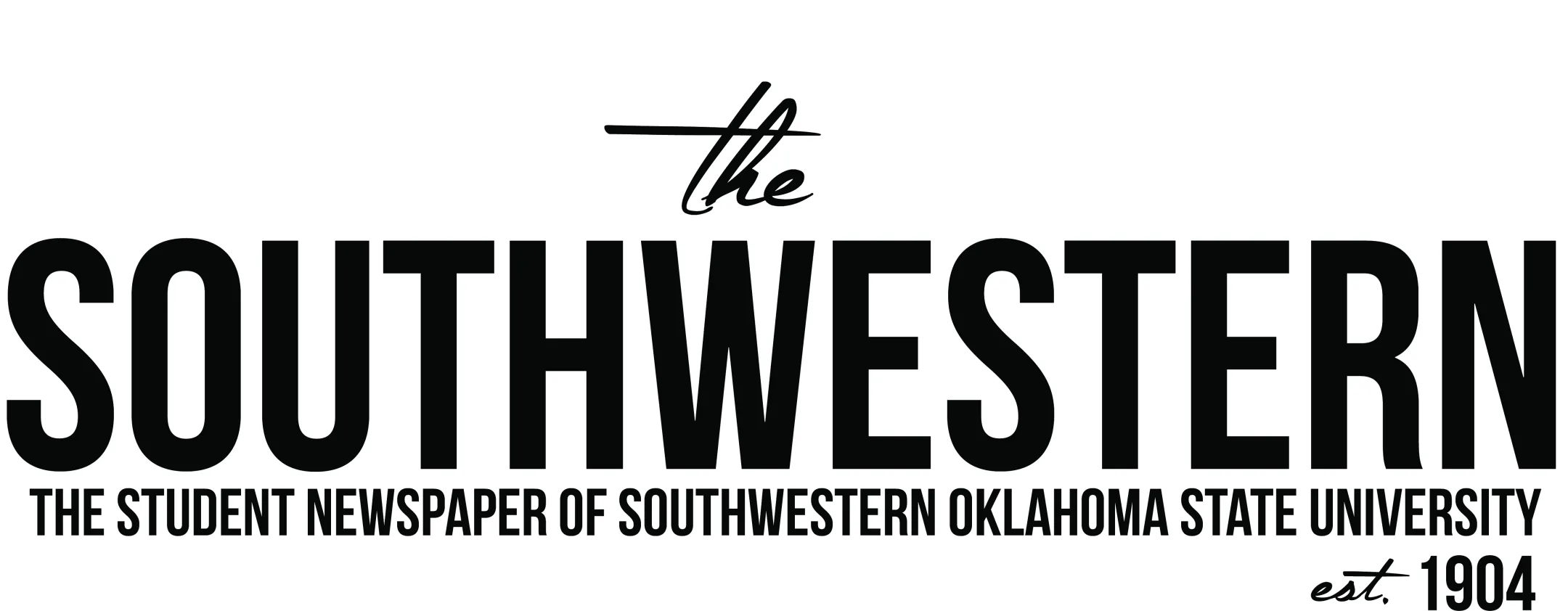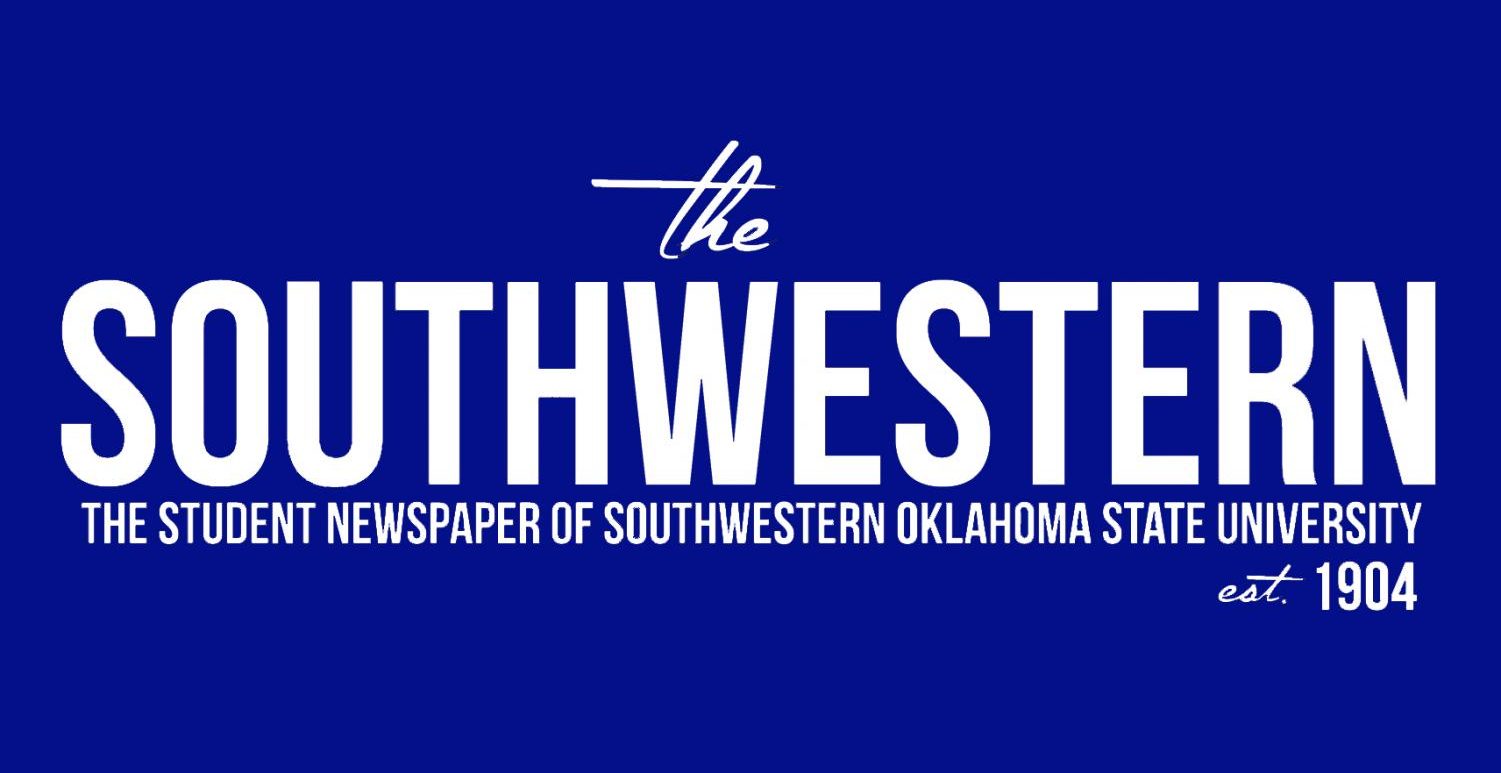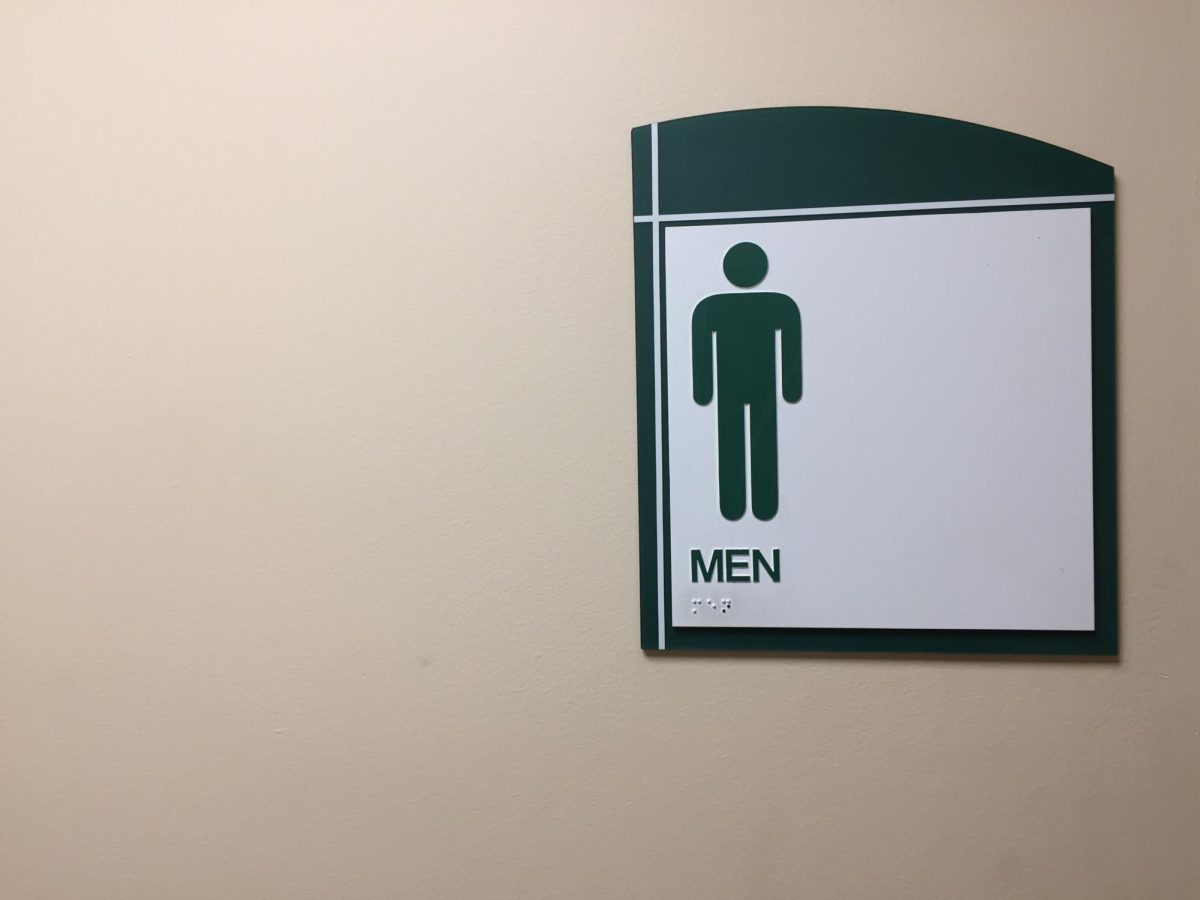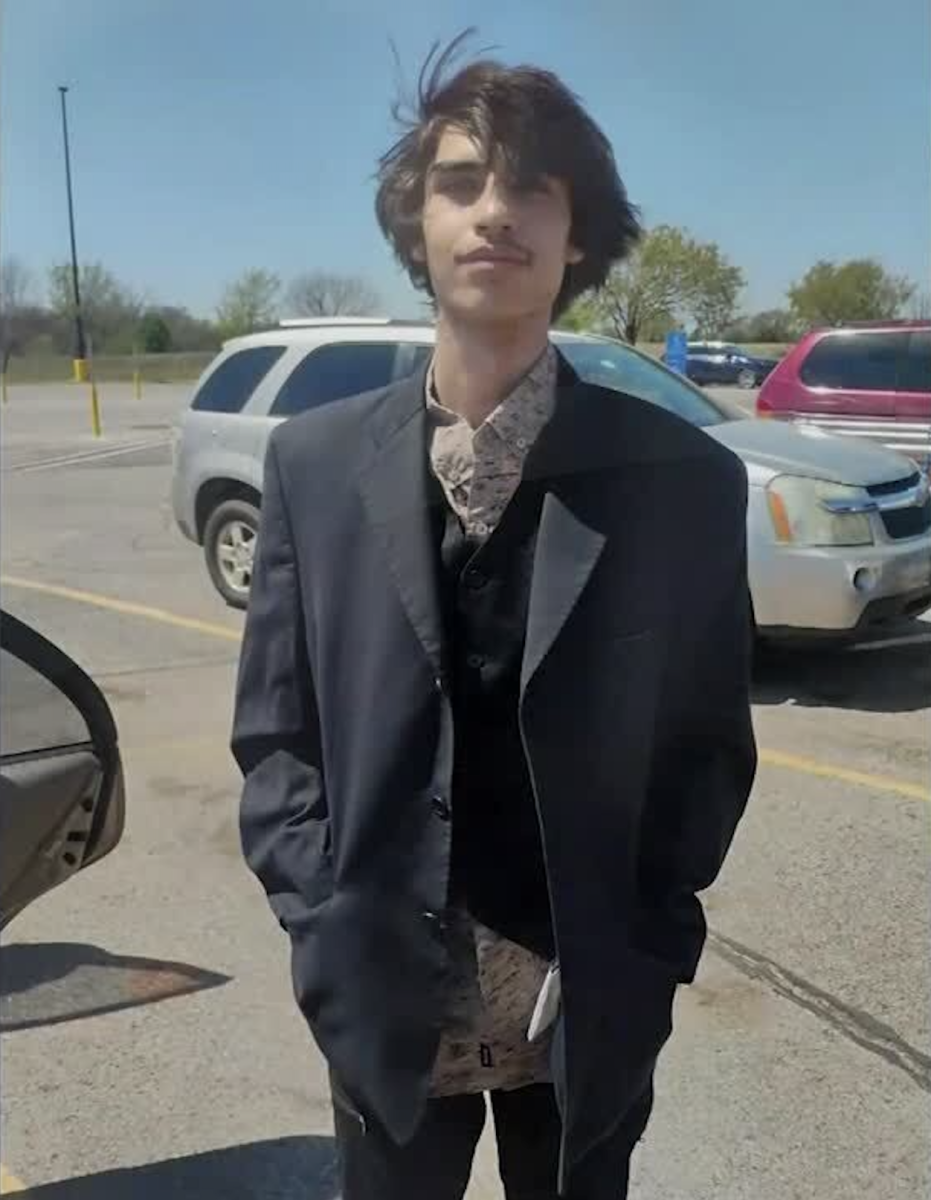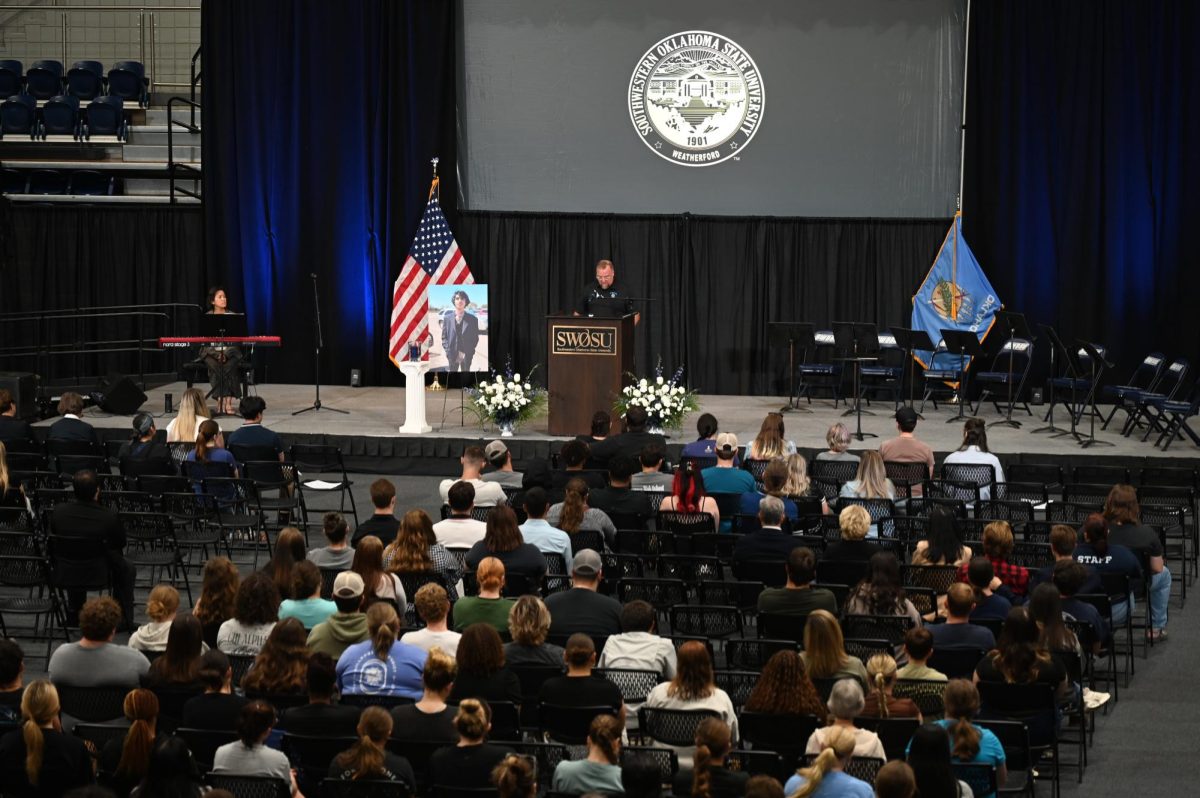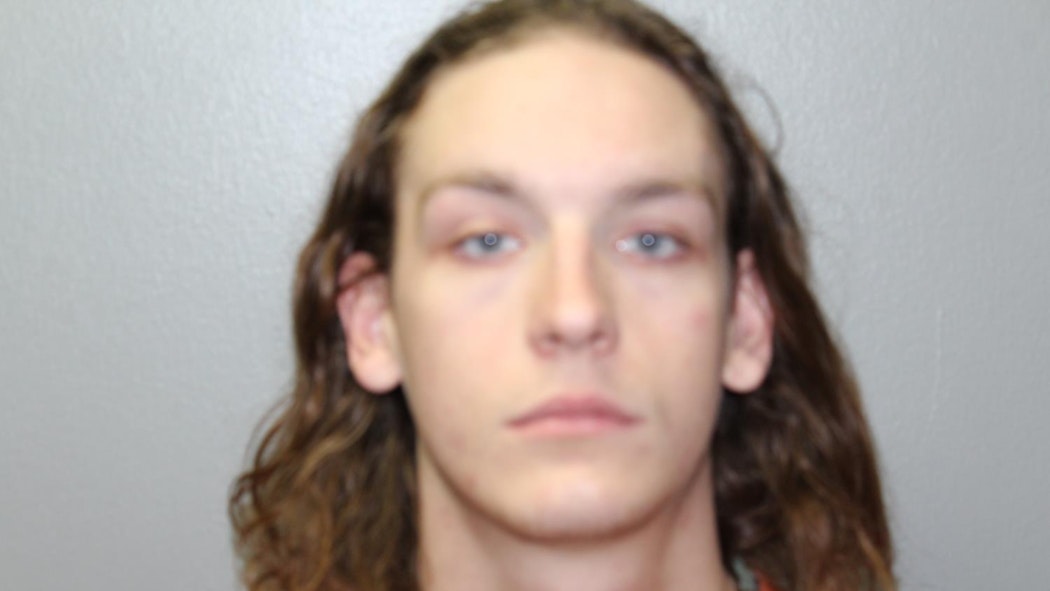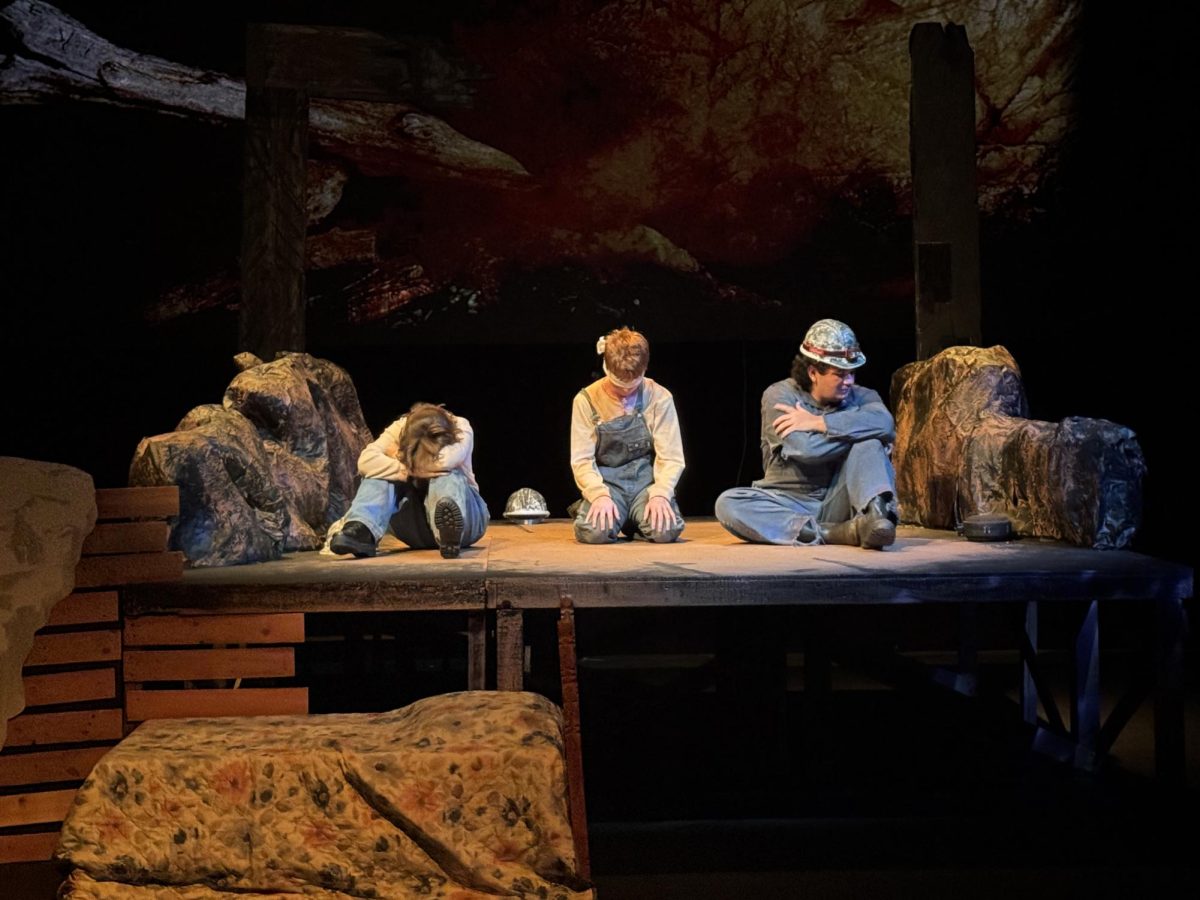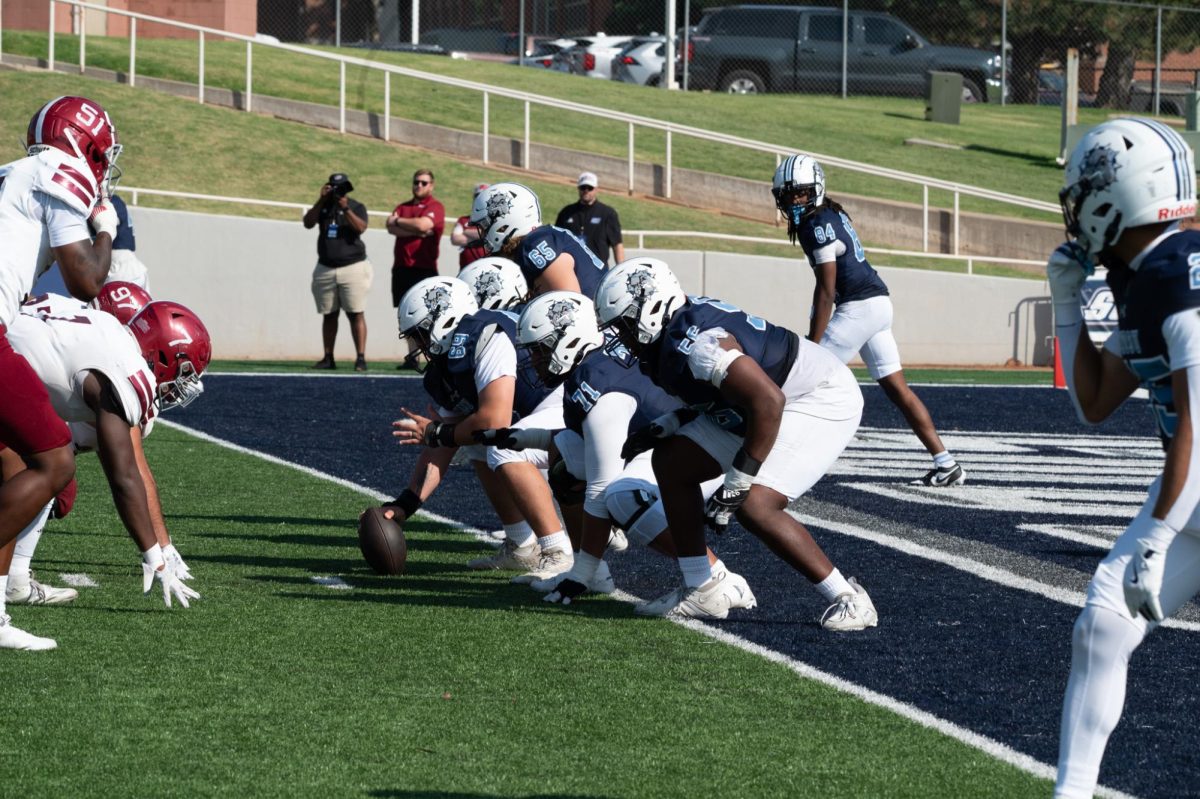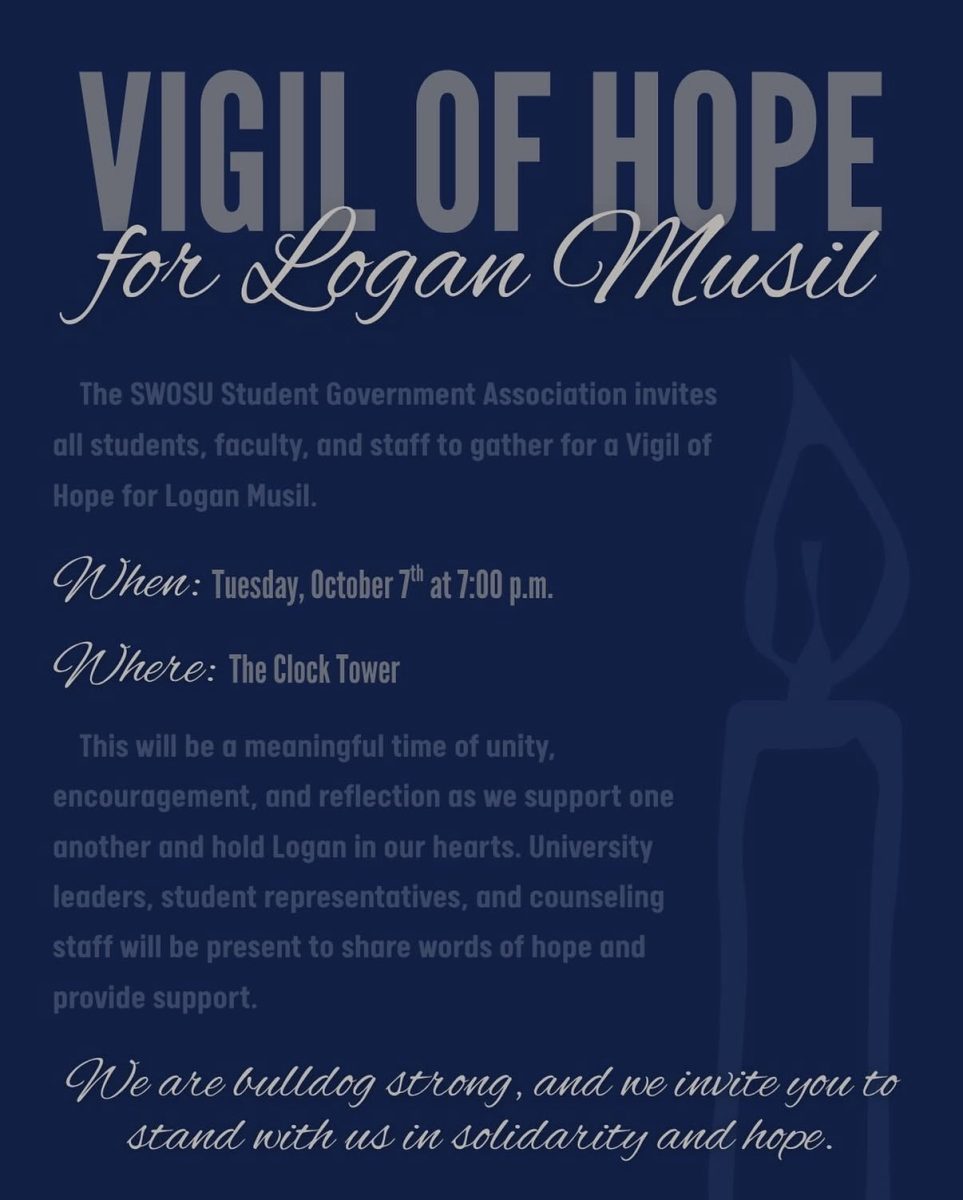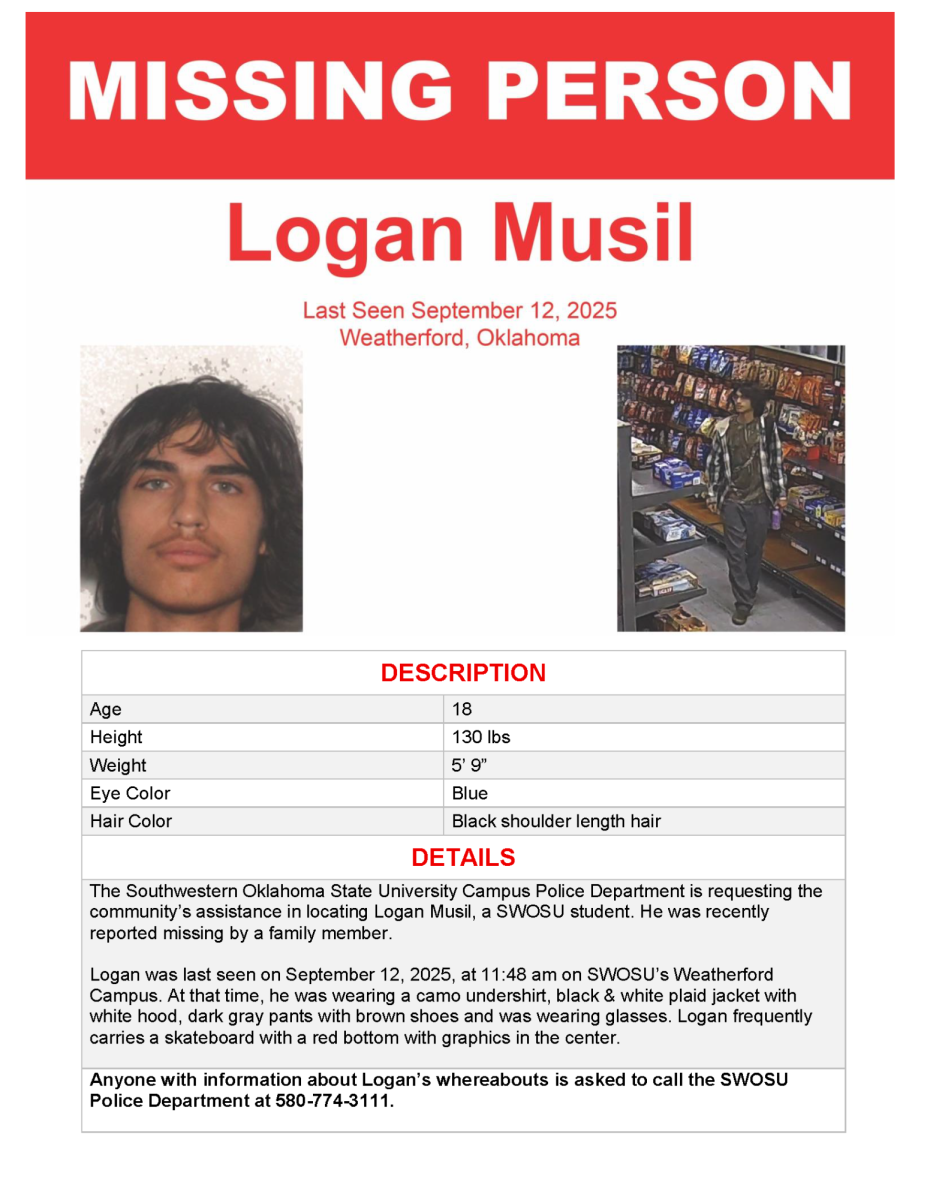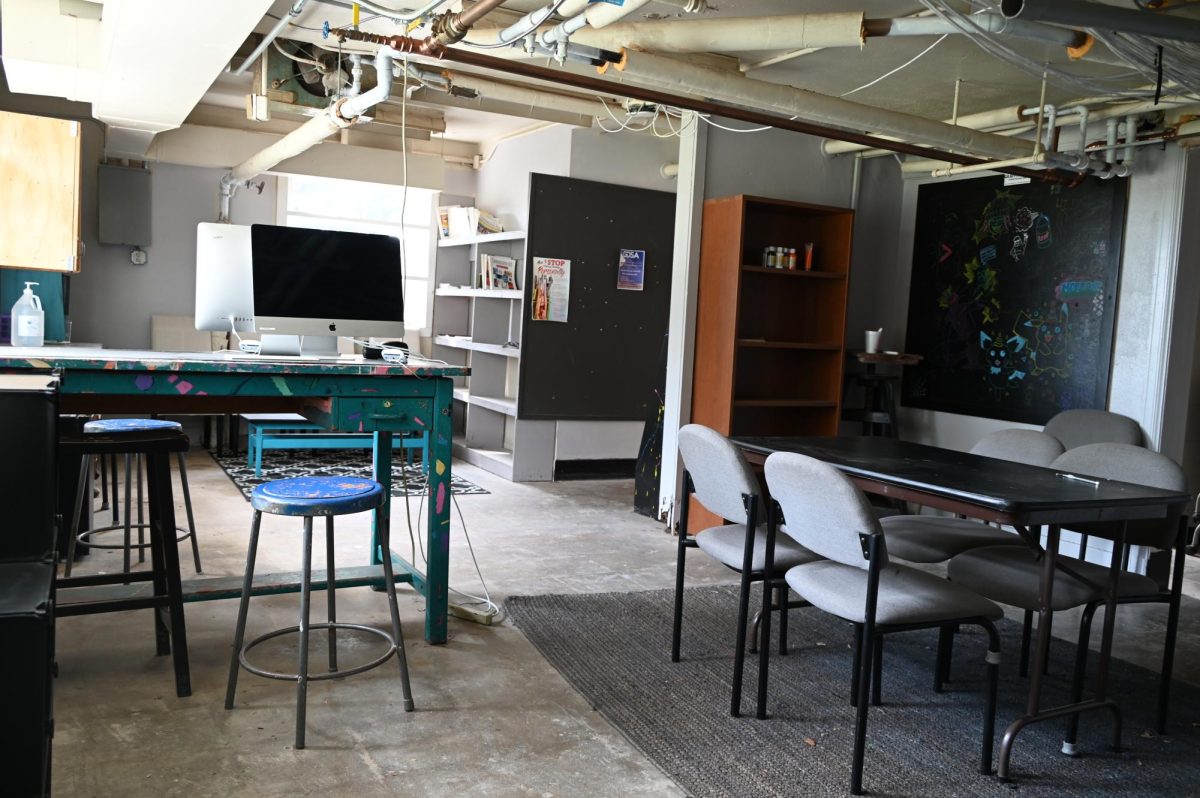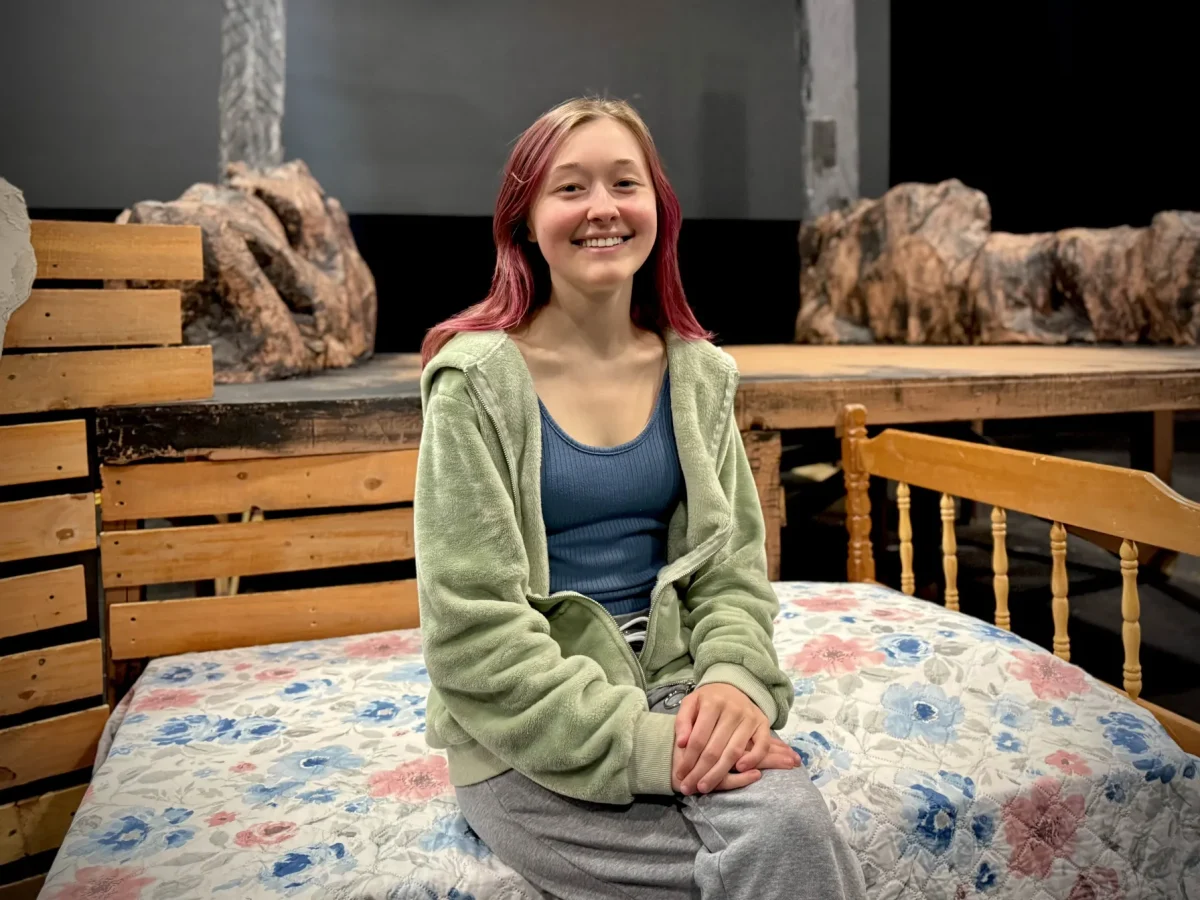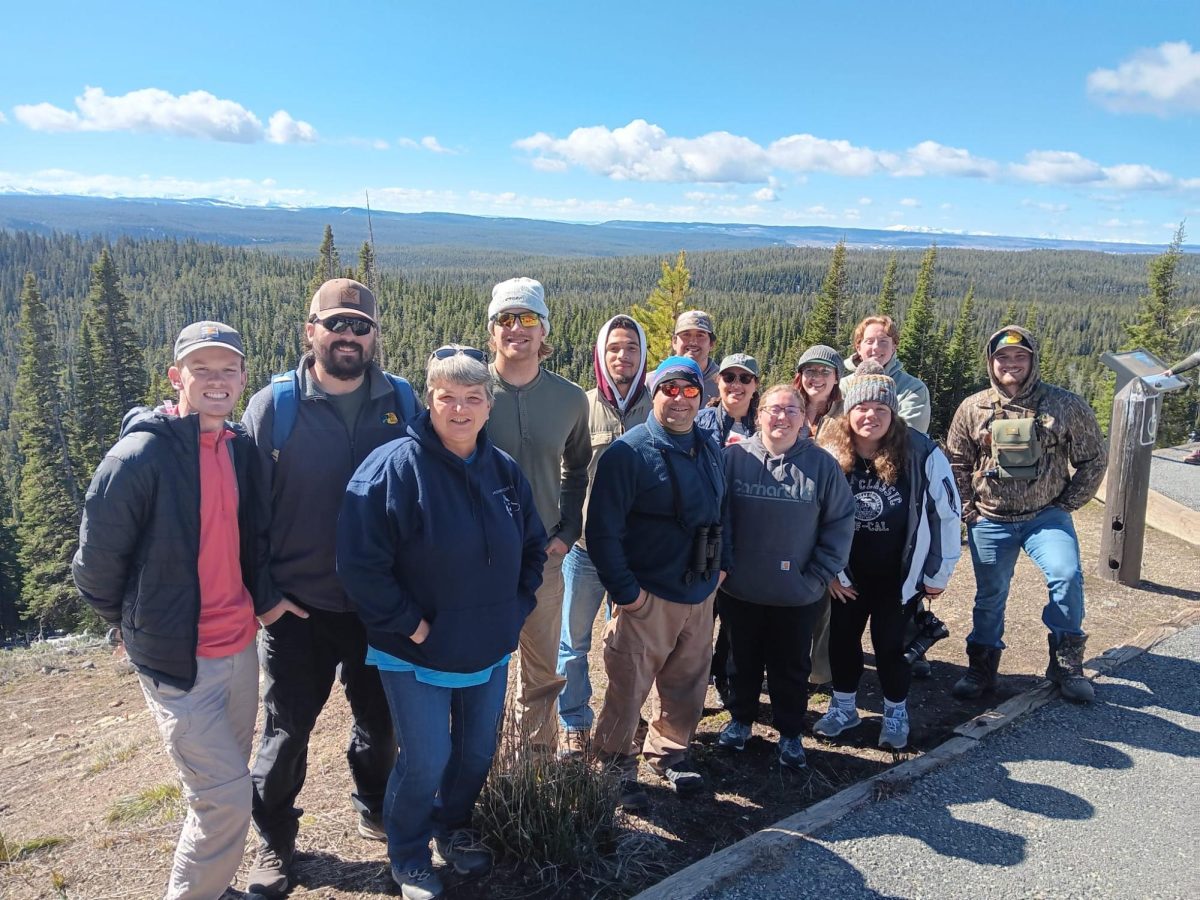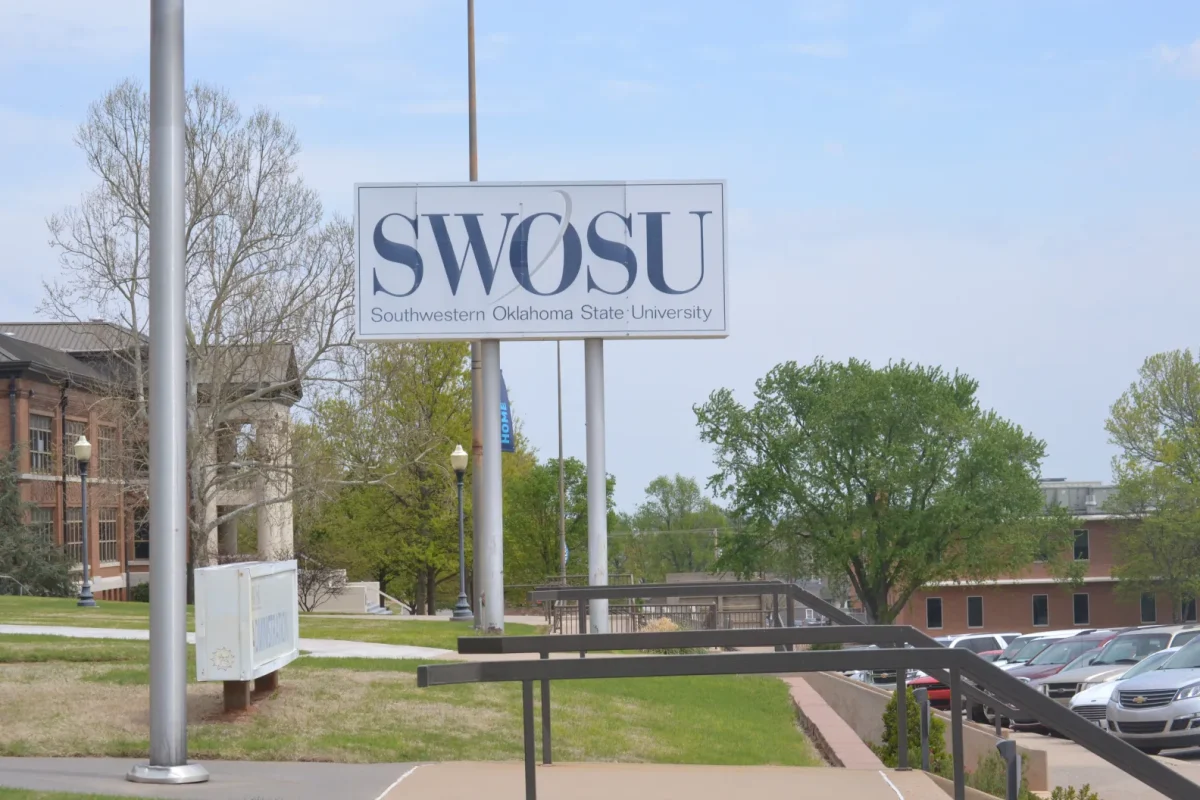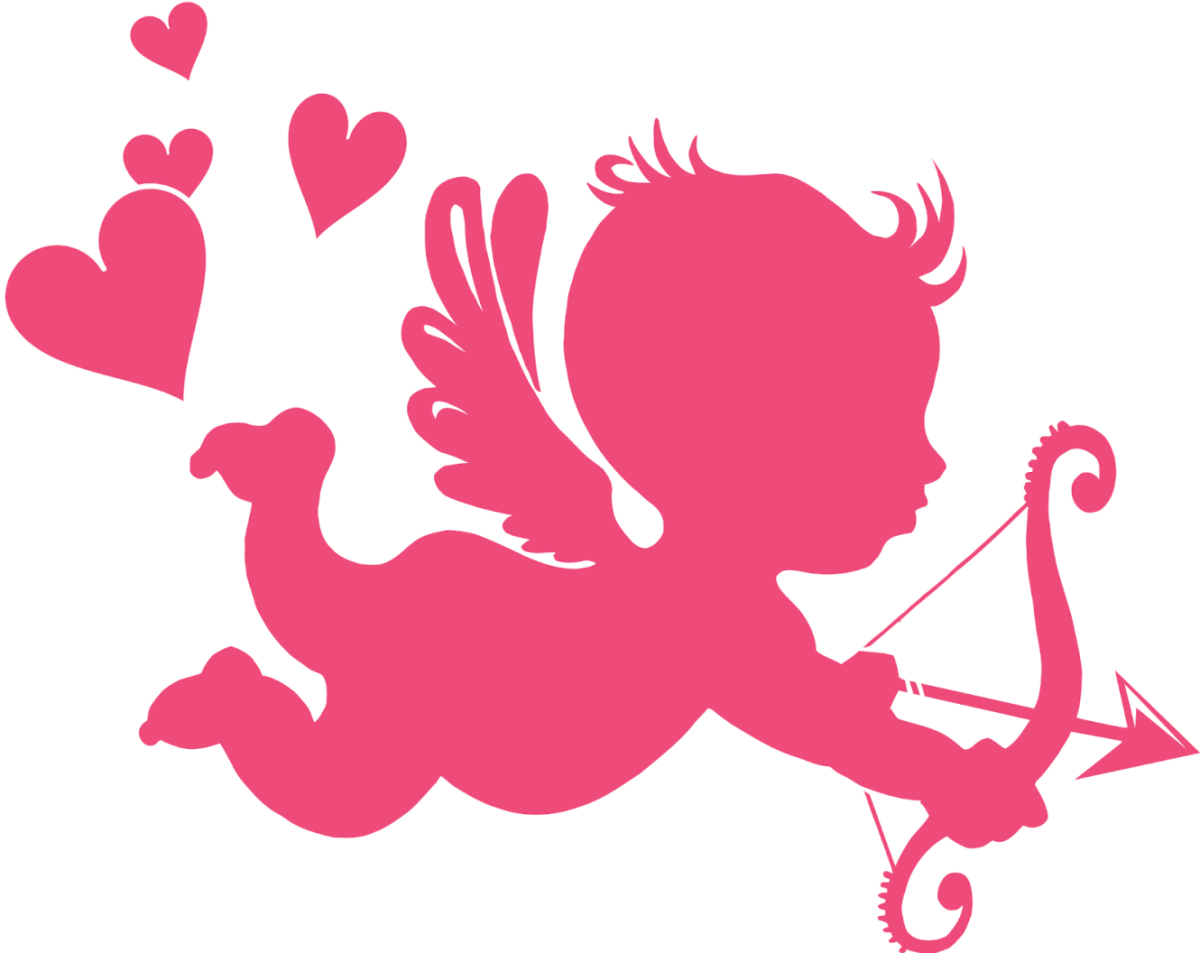Southwestern Oklahoma State University, like most universities, has had its share of protests and political controversies on campus. Being in a traditionally conservative state, SWOSU has mainly taken a more laid back, passive approach when it comes to politics. In most cases, while other universities were taking the lead in protesting historical events, SWOSU resumed as usual with no protests, or in some cases, would simply protest the protests. However, there are a few protests from 1930s-1990s worth mentioning and remembering.
What was a result of the Great Depression causing economic downturn and political unrest, sparked the first major protest at SWOSU. A newly appointed governor, William H. Murray, began by removing the President of SWOSU (Fiegel). Governors removing university presidents was not an uncommon practice, however, when the governor then went on to removing faculty, the students, faculty, staff, and community become anxious. In response to the governor’s demands, on May 5, 1932, students protested the removal of faculty members. The protest against the removal of faculty was a peaceful event where students, faculty, and staff gathered together to express their position on why the removal of faculty was harmful and unjust to them and the university as a whole. This protest was largely supported and encouraged by the school and community. Overall, this protest was a success; the board went against the governor’s demands to remove faculty. Unfortunately, several faculty members were released before the protest. Although not all were able to be saved, this protest was a historical event for Southwestern Oklahoma State University (“Students meet”).
Fast forward about 40 years to 1971, two main protests occurred. One protest occurred in February and another in March of 1971. Both of these protests were in objection to the cafeteria food. Many newspapers reported a large number of students protesting against the cafeteria food. Some papers estimated around 250 students, some said around 350, and others said closer to 750. The food was said to be so bad that, in protest, students would leave trays full of food on the tables and walk out. One Southwestern newspaper from the 1970s describes the protest as, “students… are tired and disgusted of finding worms, flies, and hard cores in our salads. We also are weary of pulling out hairs from our cake and pudding, and trying to identify other foreign objects” (Getz, Senior 4). If you ever think the food is bad, just know that it could always be worse, and it has been worse.
The most interesting protest on SWOSU campus happened on February 17, 1971. The protest was said to have had around 100 people. The crowd gathered to debate the Vietnam war. One Southwestern newspaper describes the protest as: “The crowd was basically divided into three groups — those strongly opposed to the war, those strongly for the war, and those who commented that it was “A nice day, we should do this more often.” One girl said, “80 turned out to see what the other 20 were trying to do”” ( “Flag Burned” 14). As the debate went on and got more intense, one student tore down a Viet Cong flag and gave it to the president of SWOSU (Flag Burned 14). Other students even burn a Vietnam flag in protest to the opposers of the war (Burris 4). The students who were in opposition to the war and had brought the Vietnam Flag were nicknamed the “Long-Haired Freaks”. They were mostly hippies as you can probably imagine. One article describes them as peaceful protesters despite harassment from police as well as verbal harassment from others (Flag Burned 14). This was the most intense protest SWOSU had.
On February 14 and 15, 1990, students protested against the increase in tuition. The Student Government Association organized this protest in the Student Union. SGA set up a booth where students signed a statement protesting against the increases in tuition and then presented the statement at the Oklahoma State Capital during Higher Education Day. SWOSU and even other schools such as OU and OSU had student speakers who went to the Capital on Higher Education Day to represent their schools and voice their protests. Unfortunately, this protest was not successful (“Pennies Protest”).
There was one other protest against the removal of faculty, that also included the protest against budget cuts, in the 1990s. On March 29, 1993, approximately 150 students, administrators, and faculty gathered outside the Art Building to protest the removal of faculty members and budget cuts. In protest, students, administrators, and faculty covered the art building in cloth sheets, drew people figures on the sidewalks to represent the lost faculty members, and wore black ribbons to represent the injustice. Members of the art department also gave speeches to protest the budget cuts affecting the art department and the loss of faculty members. During the protest, a letter addressed to Governor Walters about the issue, was passed around for signatures (Benedict 4). Unfortunately, those who protested did not meet their goal of stopping the budget cuts or the dismissal of faculty (Grant 2). Some of the students observing the event, however, considered it a success for the growth and ambition of the participating students.
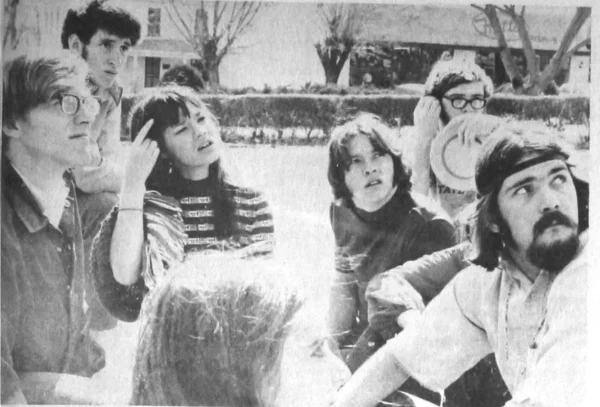 Vietnam War Protest: Side Nicknamed the “Long Haired Freaks”- “Flag Burned” (1971, Feb. 24). The Southwestern.
Vietnam War Protest: Side Nicknamed the “Long Haired Freaks”- “Flag Burned” (1971, Feb. 24). The Southwestern.
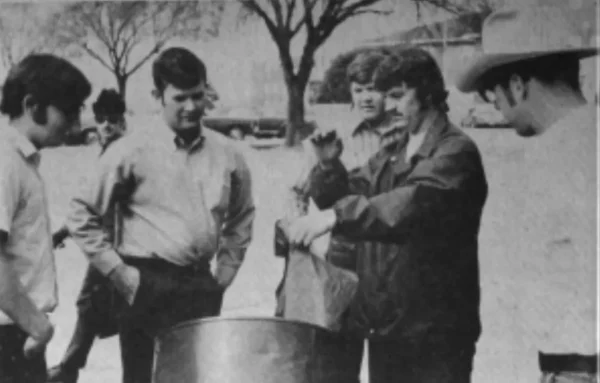 Students Burning Vietnam Flag- Burris, Jon. “Protest Coverage Builds Up Actual Happening” (1971, Feb 24). The Southwestern.
Students Burning Vietnam Flag- Burris, Jon. “Protest Coverage Builds Up Actual Happening” (1971, Feb 24). The Southwestern.
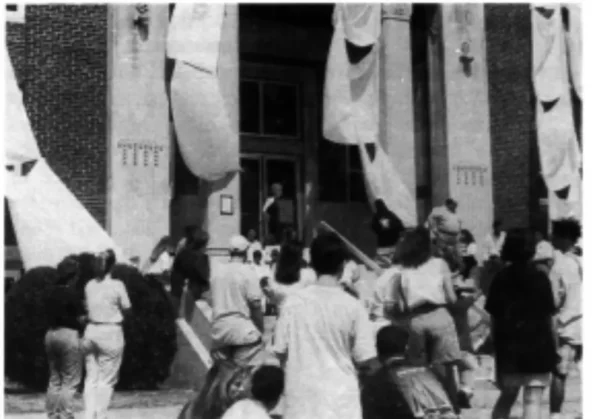 Art Building Protest in 1993- Benedict, Janna, “Art Students Organize Protest” (1993, April 7). The Southwestern.
Art Building Protest in 1993- Benedict, Janna, “Art Students Organize Protest” (1993, April 7). The Southwestern.
Works Cited
Benedict, Janna, “Art Students Organize Protest” (1993, April 7). The Southwestern.
Burris, Jon. “Protest Coverage Builds Up Actual Happening” (1971, Feb 24). The Southwestern.
Fiegel, Melvin Frank, “A History of Southwestern State College, 1903-1953” (1968). Personal
Histories. 2. https://dc.swosu.edu/personal_histories/2
“Flag Burned” (1971, Feb. 24). The Southwestern.
Getz, Bonnie, Senior, Bethany. “Letters…Letters…Letters…” (1971, Mar. 10). The
Southwestern.
Grant, Peter M., “Professor Suggests Protestors to be Congratulated for Efforts, but…” (1993,
April 7). The Southwestern
“Pennies Protest, Signatures Speak” (1990, Feb. 14). The Southwestern.
“Students Meet in Special Assembly to Form Protest” (1932, May 5). The Weatherford News.
